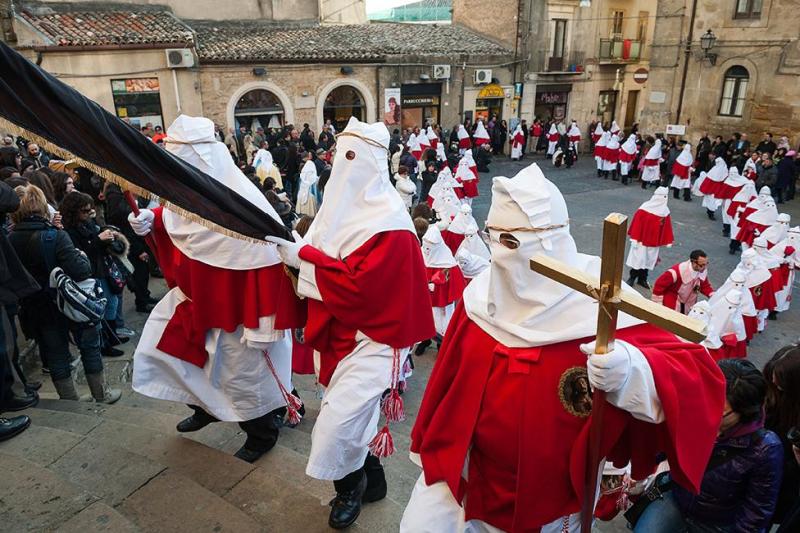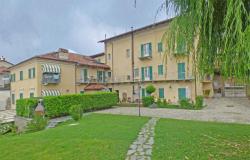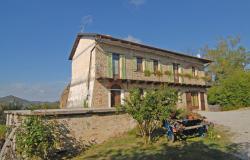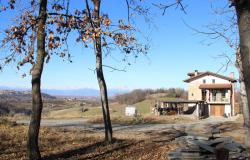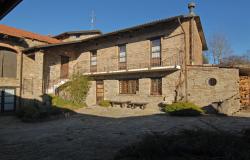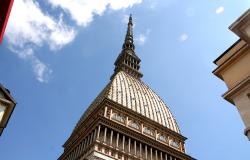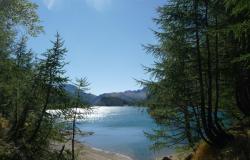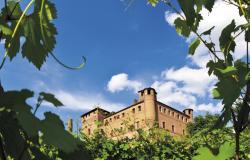[Photo: Easter parade in Enna, Sicily.]
Religious festivals are no doubt a large part of the traditional Italian heritage, and the most heartfelt and numerous are those that take place at Easter. Friday of the Passion especially has inspired a number of rituals that include processions and re-enactments whose origins are so ancient they are often lost in time.
Here are three of the most gripping Easter celebrations in Italy.
Easter Friday in Gubbio, Umbria
The ‘Procession of the Dead Christ’ in Gubbio is a symbolic representation of the Passion of Christ that has been reenacted every year for centuries. The procession is opened by members of the “Venerable Brotherhood of Santa Croce della Foce” dressed in white sacks, some playing the 'battistrangola,' an instrument that produces a scrap metal sound, and others carrying the skull symbolizing the Golgotha and the symbols of the Passion. Then the simulacra of the Dead Christ and of Our Lady of Sorrows, wooden sculptures made by local artisans, are paraded. Behind the statues of Christ and Our Lady, parade members sing the Miserere, a folk song handed down by oral tradition. The procession runs through the main streets of the Gubbio, starting at dusk.
Easter Week in Enna, Sicily
The Holy Week of Enna is the city’s most important event of the year. The celebrations, going back centuries, are organized by the local confraternities. On Easter Friday, the more than 2,000 members of the confraternities head to the Duomo for the procession wearing the traditional white hood. On Easter Sunday, 12 confraternity members walk through town carrying palm branches, preceded by a donkey, while other members and worshippers accompany the parades with chants and prayers and proceed to the Church of San Sebastiano. Easter celebrations in Enna continue until the following Sunday, when another parade of the confraternities goes to bless the fields.
Easter in Romagnano Sesia, Piedmont
Since 1729, the Piedmontese town of Romagnano Sesia, 80 km north of Turin, has hosted the re-enactment of the major events of the Passion of Christ, with actors in period costume acting out 14 itinerant scenes through the streets of town. There are as many as 350 actors, Roman legionaries on horseback and Velites (a class of infantry in the Roman army) on foot. Spectators actively participate. On Easter Friday, there are three historical processions in the morning and one in the evening. The celebrations take place only on odd years (the next is in 2019).
